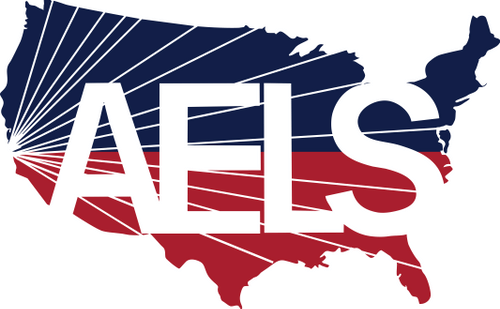
Count and Noncount Nouns


Cat, table, grandpa, beach, happiness, and fear. What do all of these words have in common? They’re all nouns. When you begin learning English, nouns are one of the first parts of speech you will learn about. Nouns can be a person (grandpa), place (beach), thing (table), or idea (happiness).
Of course, there are different rules for the different types of nouns, like how to turn a singular noun into a plural noun or which article to use with what type of noun, so it can seem confusing at first. One problem many students have with nouns is understanding the difference between count and noncount nouns.
What are count nouns? Count nouns refer to nouns we can count. They may be singular or plural nouns. The article you use depends on whether the noun is a count or noncount noun, so be careful. You may either use the article “a,” “an,” or “the” before these nouns.
Some examples include:
● Henry saw a car.
● An apple fell from the tree.
● The store closed at 9:00 p.m. on Fridays
● At the library, there was only one computer open.
● Jess was so hungry she ate two lunches.
● Lindsay received a dozen flowers for Valentine’s Day.
● Many parents were late picking up their children from school.
What are noncount nouns? Noncount nouns refer to nouns that we can’t count because their mass or quantities cannot be counted. These nouns are always in the singular form. These noncount non are different than count nouns because you do not use “a” or “an” before them. However, you may use “the.”
Some examples include:
● Jerry didn’t have enough money to go to the amusement park with his friends.
● Jenny was so thirsty after her race she drank a lot of water.
● She felt plenty of happiness on her birthday.
● Aaron went to tutoring because he needed a little help with his homework.
● She did not know enough English to pass the test.
● There was no swimming allowed after 10:00 p.m.
● My aunt went to the spa for some relaxation after finishing her project.
Grammar can be tricky sometimes, especially when there are so many rules and exceptions. If you are having trouble studying English on your own, our ESL program will help you better understand the complicated grammar rules and answer any questions you may have. If you would like to enroll in an ESL course in the Los Angeles or Orange County area, visit our website American English Language School, or email info@aels.edu today!
Tagged: English Language School in LA, English Language School in Los Angeles
Published on February 7, 2023
A leading English language school accredited by the CEA (Commission on English Language Accreditation) and approved by SEVP (Student and Exchange Visitor Program) located in Los Angeles, California. Learn English in LA with our ESL classes, TOEFL preparation, and English speaking classes. Are you serious about improving your English? Join a class today!